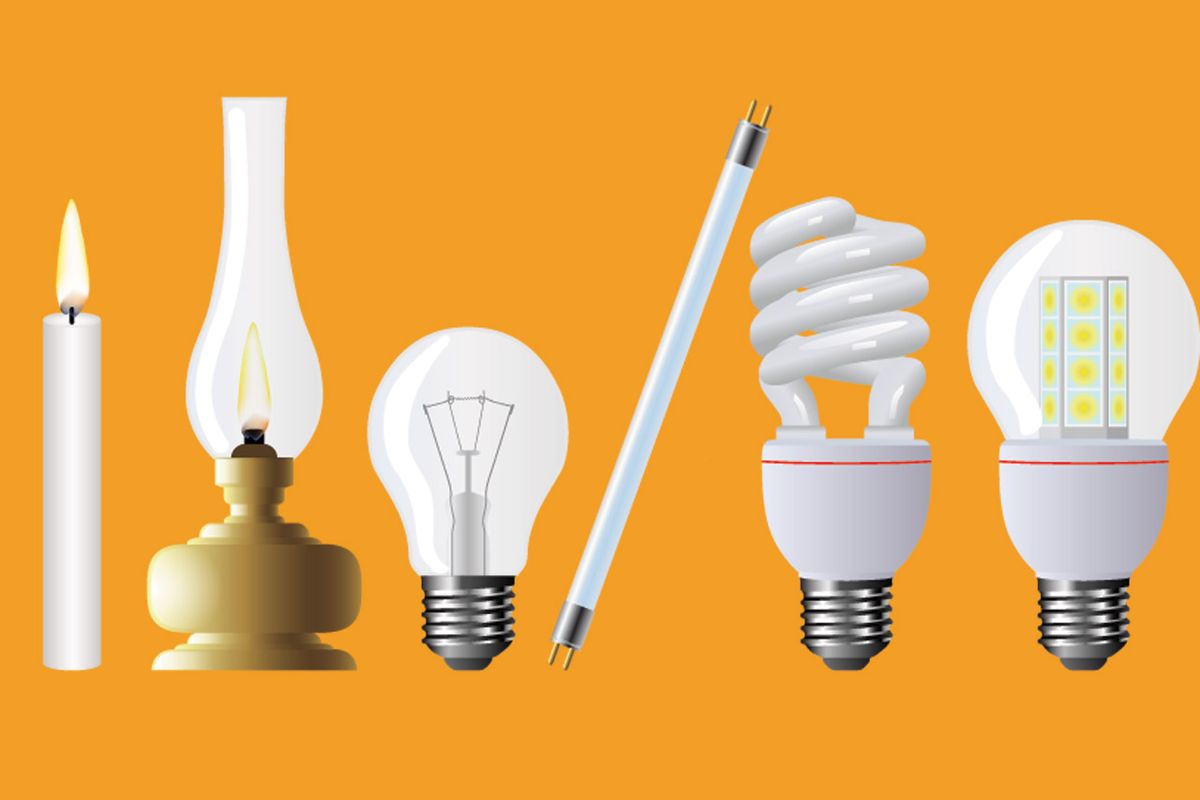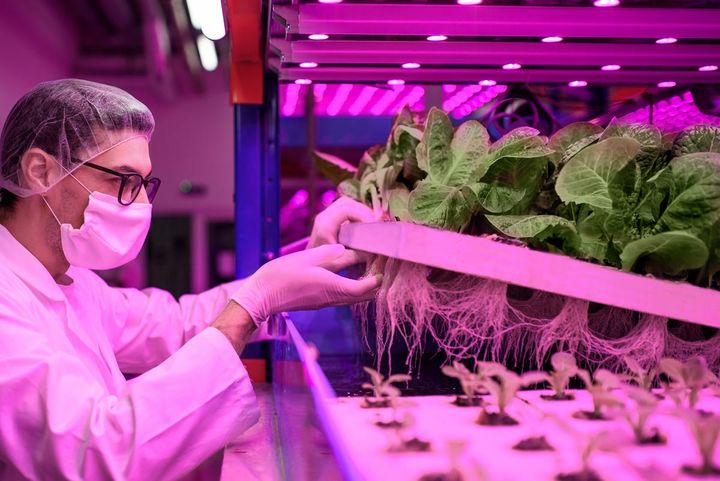The History of Light

When looking at the evolution of lighting, one thinks of 3 things: the fuel source, the luminaire, and the technology. From its birth to the modern day revolution that is happening with 21st century LED technology, let's take a quick look at the history of light.
Candles have been found in Egypt, dating back to the fourth century B.C. The Greeks and Romans have been credited with introducing the wick to the Egyptian idea of wickless tallow lighting. Tallow is a hard fatty substance made from rendered animal fat, used in making candles and soap. Wicks, in combination with early candle materials represented a huge significant technological lighting advancement since the discovery of fire itself.
Gas lighting was developed in England in 1790 and introduced to the United States where Newport, Rhode Island had the first section of road in America to introduce gas lights in 1792. Just a few decades later, gas fuel was being used for street lighting in major eastern cities of the United States. There have been different types of gas used over the years in gas lamps including methane, acetylene, butane, propane, hydrogen, and natural gas. The growth of gas lamps and the infrastructure to support them in cities and suburbs paralleled the advancements of the era in coal and petroleum production and distillation.
We all know that Thomas Edison invented the incandescent light in 1879. His invention represented the necessary lighting technology required to establish electricity as the primary power source for lighting both indoors and outside. Incandescent bulbs dominated the world of lighting until fluorescent lights were introduced commercially around 1904.
The high intensity discharge (HID) lamps operated by sending an electrical current between two metal electrodes and through a glass tube, filled with inert gas resulting in the emission of visible light. The one lighting technology invented in the 20th century that was significantly different from the various HID bulbs was the Light Emitting Diode (LED). LEDs produce light by converting electrical current using a semiconductor. Modern LEDs have a useful lifespan that is 2-4 times that of their average competitor while producing high quality light much more efficiently as well.
Check back to see new articles and guides , or feel free to click another article to experience more great insights and advice.



